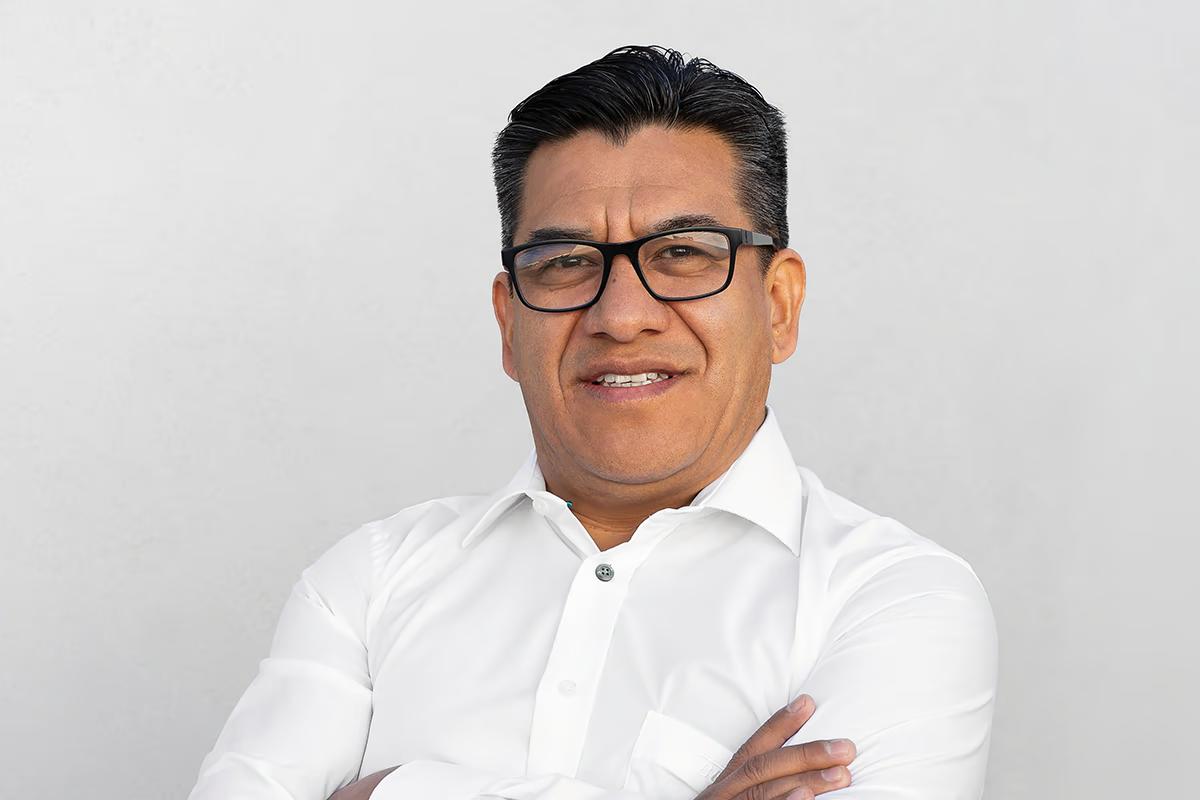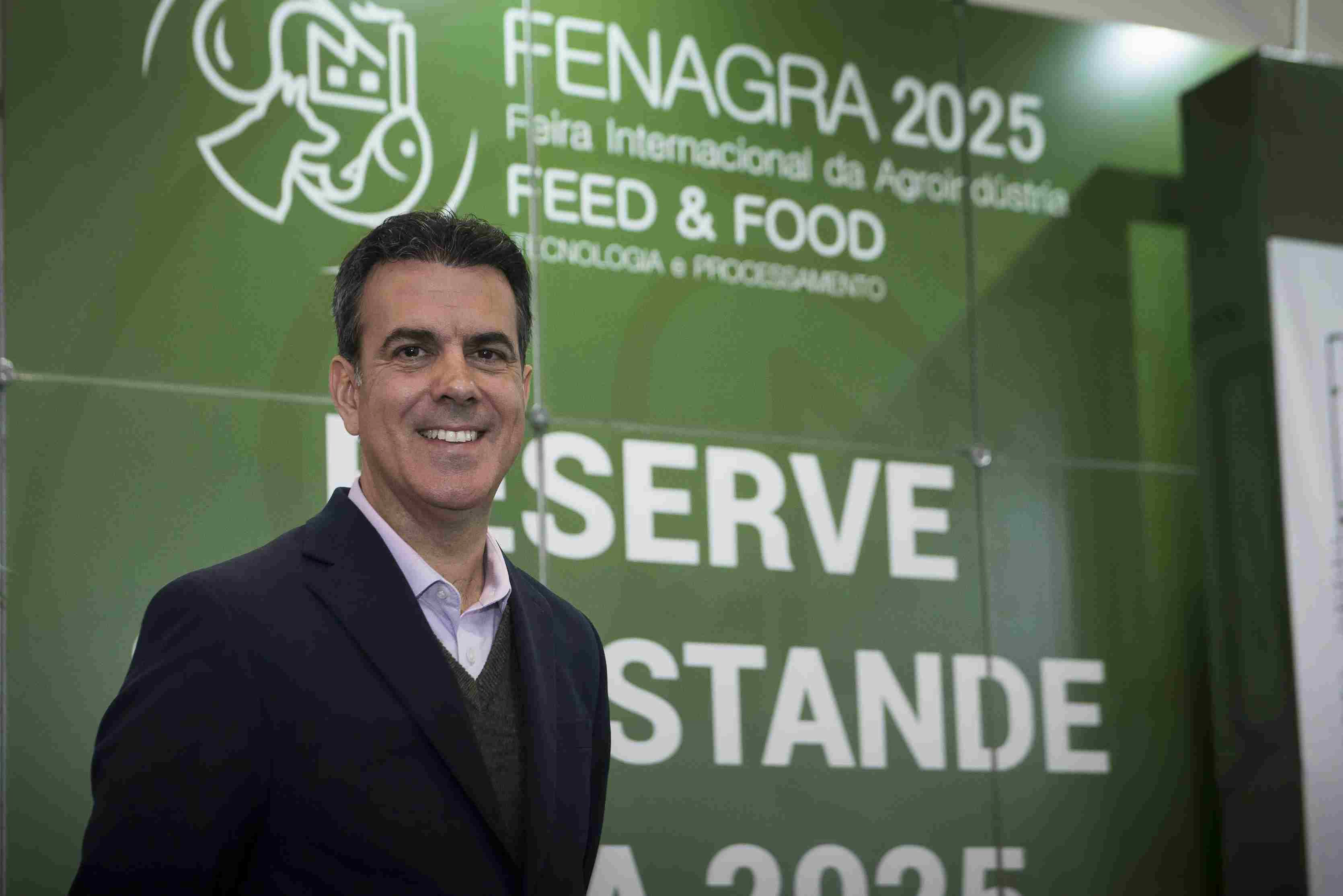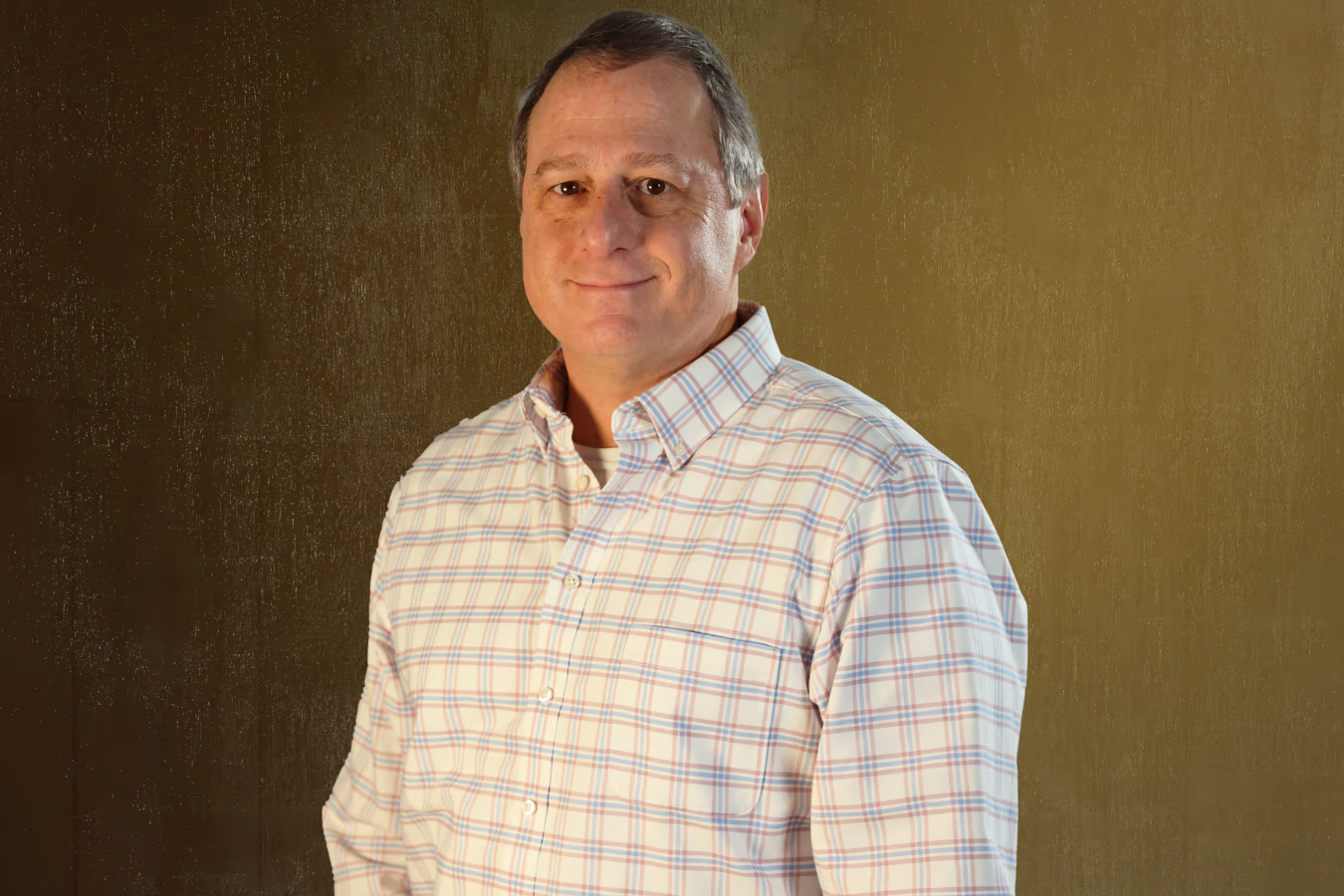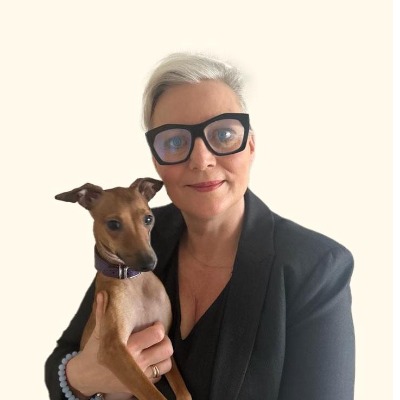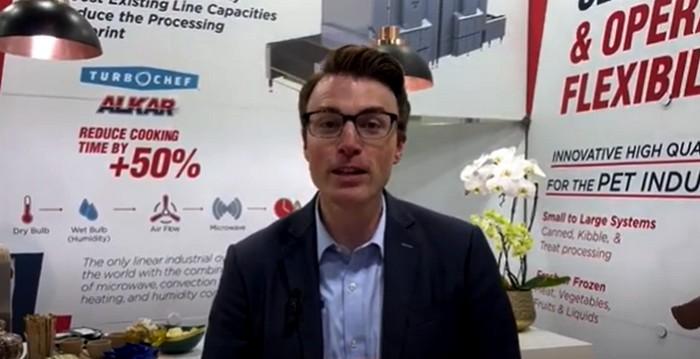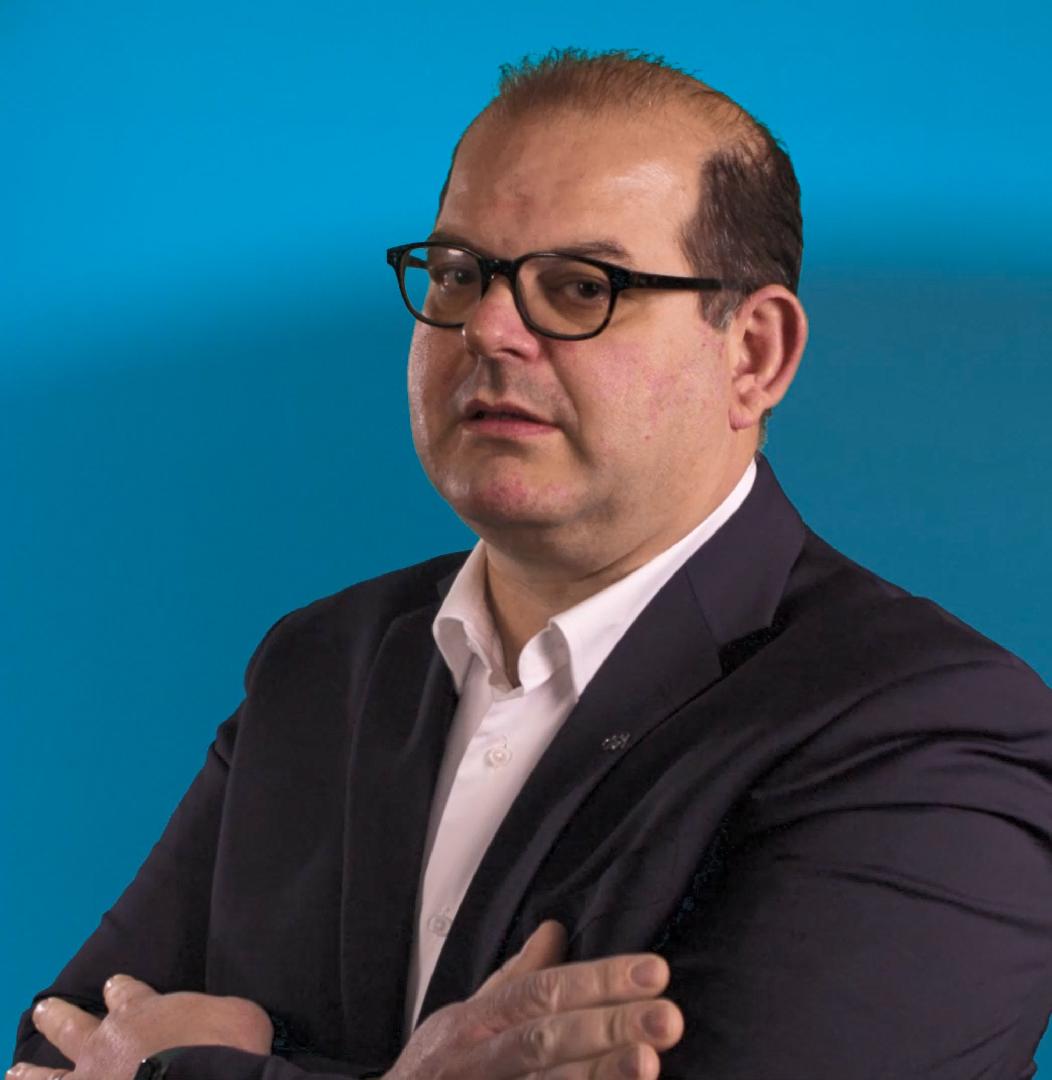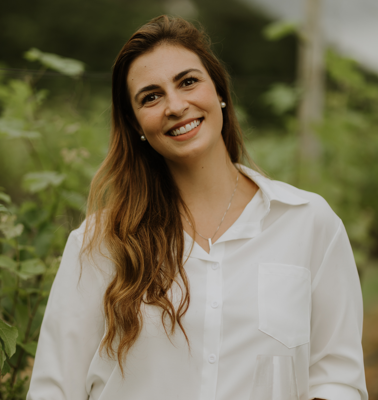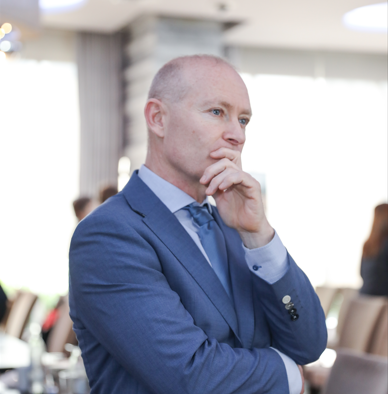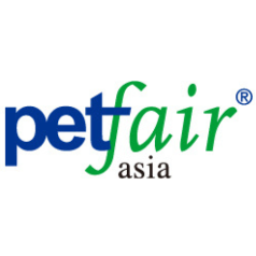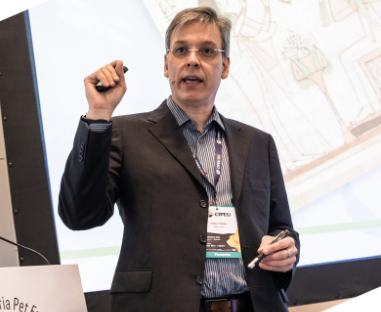
5 min reading
5 min reading
The Interview – Lucas Cypriano
Lucas Cypriano is currently Technical Coordinator of ABRA and Technical Director of WRO, and in this interview he gives us information about his professional career, his roles within both organizations, and describes the Rendering industry, among other relevant topics.
Lucas Cypriano is currently Technical Coordinator of ABRA and Technical Director of WRO, and in this interview he gives us information about his professional career, his roles within both organizations, and describes the Rendering industry, among other relevant topics.
Dear Lucas, to begin, could you tell us about the positions you currently hold in ABRA and WRO? What was the path taken to reach both positions? What are the main activities carried out in each of them?
Since I graduated in 1998 as a Zootechnician until I started working at ABRA, I have always worked with the microbiological safety and quality of ingredients and animal feed. In 2011, I started working at ABRA as a Technical Coordinator. Since then, I have been helping companies with sector regulations, proposing adjustments to current standards, developing the AATQ Hygienic Manufacturing Program for Animal Meals and Fats (ABRA Qualidade), training technicians, and teaching courses for the sector.
In 2012, ABRA nominated me to represent the association in the WRO, and in 2013 I was invited to be part of the SAP/WRO (Scientific Advisory Panel). In 2019, New Zealand invited me to take on the role of the first WRO Vice President that would be filled by them. And between 2019 and 2021, I was the first Vice President of the WRO. In 2021, I was elected President of WRO, remaining in that position until June 2023, when I was, again, invited to take on the role of WRO Technical Director, a position I currently hold alongside ABRA Technical Coordinator.
Fun fact: in my personal life, I have been a Norwegian Forest cat breeder since 2008: I attest daily to what quality animal flour and fat, in a balanced diet, can do for our friends.
The slaughter of animals generates parts that, for cultural reasons, characteristics of animal tissue, or regulatory ones, cannot be used for human consumption. For example, in many societies, they no longer consume:
- Liver, heart, kidneys, lungs, blood, tendons, cartilage, and other tissues, despite being very rich in nutrients.
- Feathers, hair, bristles, skin, and scales, among other tissues that have reduced nutritional value in their original form.
Our sector recycles all these unconsumed tissues, processing them with technologies appropriate for each tissue, either maintaining or improving their excellent intrinsic nutritional value or subjecting them to technological processes that allow the use of nutrients such as, for example, through the action of enzymes or cooking under high pressure and temperature, which means exposing the nutrients and allowing their absorption.
In all countries where WRO operates, the sector is highly regulated, with manufacturing and environmental rules that mean sourcing ingredients that are not only nutritious but also extremely safe.
Based on the transformation process described above, could you tell our readers what ingredients are generated for pet food production? Are new products being developed?
The pet food manufacturing sector stands out for using the noblest and palatable ingredients manufactured by our sector, such as flour (processed protein) from poultry and pork viscera, blood meal, plasma, red blood cells, pork rind flour, fish meal, poultry oil, and fish oil.
If we imagine that, in nature, carnivorous predators first consume the thoracic viscera (heart, liver, lungs) and others (kidneys, spleen, pancreas, mesenteries) rich in nutrients, these are exactly the parts most present in the raw and key material of the flour purchased by the pet sector. But it doesn't stop there: we know that dogs and cats love the taste of fried skin (chicharrón flour), and this is another ingredient widely used in diets. For physical reasons, in the process of manufacturing food kibbles, it is sought to prevent the material from being extruded from being rich in fats. Therefore, feed manufacturers add animal fats to the kibbles after extrusion, which, in addition to providing energy, brings an important benefit: a pleasant taste!
Therefore, the rendering sector works alongside the pet food industry to offer our friends the best for our pets. Proof of this is the surprising increase in dog life expectancy, and especially of cats as strict (obligatory) carnivores. 20 years ago, a cat lived an average of 6 to 10 years. Nowadays, due to several factors, mainly current diets, it is common to see cats that reach the age of 20 healthy, something very rare in the past.
Considering the global problem of food waste, what are the multiple benefits generated by transforming it to reuse it and, therefore reducing it? Does this sustainable recycling process resemble the 'circular economy' production process?
You see, the objective of any animal sacrifice is the production of products intended for human consumption, and slaughterhouses seek to improve their performance every day. What the recycling industry does is prevent this waste from being produced: we safely, responsibly, and sustainably process and recycle all animal tissues not wanted for human consumption.
Regarding the concept of circular economy, FAO is currently designing it better. It is still unclear whether the pet food sector would be a circular economy, since once used in this type of food, this nutrient will never return to the chain. If flour and fat are used to feed poultry, pigs, and fish, part of these nutrients can be consumed as food for humans or recycled again in slaughter, considering the concept of circularity.
However, animal meals and fats are among the most sustainable ingredients available to the pet industry: our products' carbon footprint is smaller than that of many "traditional" sources.
Without a doubt, renderers contribute positively to local, national, and international economies. How do you see the Rendering market currently in your country of residence? And what percentage of total production is destined for pet food?
I am from Brazil, and the national rendering sector went through a major technological revolution during the 2000s. Locally, the sector contributes almost 60,000 direct jobs and a GDP of something close to 5 billion dollars, generating local opportunities, reducing environmental impacts, and avoiding raw materials waste with excellent nutritional value. Today, the sector has learned to segregate raw materials from slaughter, delivering the best of our products to the pet food sector. Today, in absolute volumes, the main market for our products still is manufacturing feed (58.2%) for monogastric animals (poultry, pigs, fish, shrimp, etc.) raised in Brazil. The pet food market is the second buyer (13.8%), with biofuels in third place (13.1%) and the cleaning and hygiene sector (10.3%) as the fourth one. Exports and other industries correspond to only 4.7% of the destinations of our products.
We want to thank you very much for your time and for all the information shared that will undoubtedly be very useful for those who are part of the pet food industry.
Source: All Pet Food Magazine
You could be interested: The Interview: Daniel Geraldes, Founder of FENAGRA
Intervies
Events
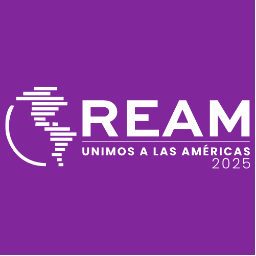
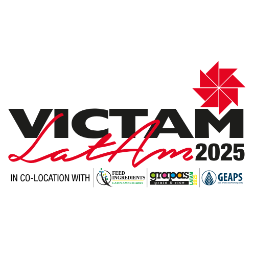
VICTAM LATAM 2025
September 16 to 18, 2025
Centro de Exposiciones Norte
Advertising








